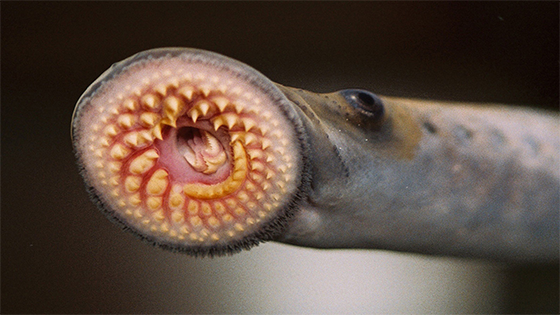Nettsider med emneord «Massive parallelism/parallel computing»
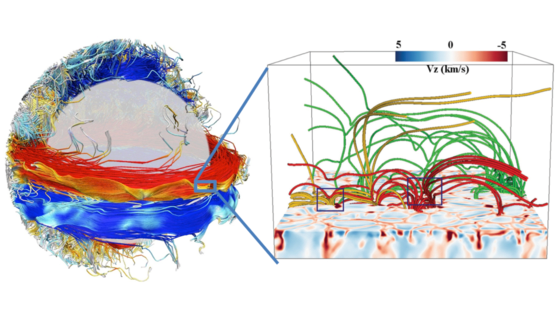
How does the Sun work? Why does it possess a magnetic cycle, dark spots and a dynamic hot atmosphere? These are questions that remain mostly unanswered. In the "Whole Sun" project, we aim at tackling these key questions as a coherent whole for the first time.
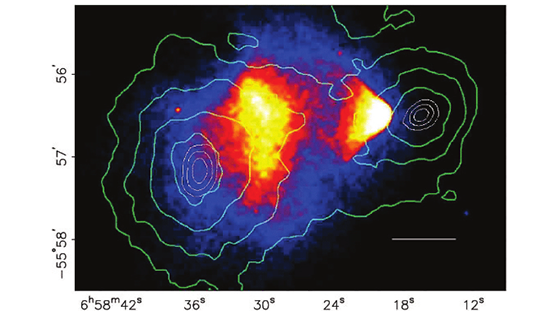
The project consists in investigating the non-linear structure formation within the framework of dark energy, dark matter and modified gravity theories using N-body and hydrodynamic numerical simulations.
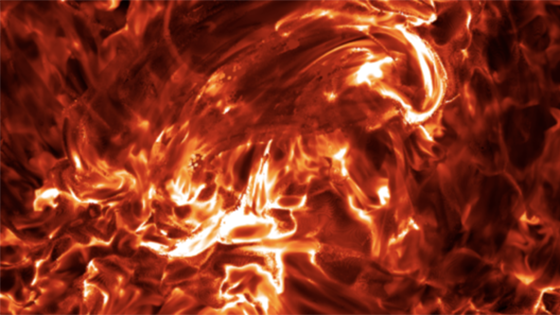
The computational challenge in modeling the Sun is both in simplifying the complex physics without losing the main properties and in treating a large enough volume to encompass the large structures with enough resolution to capture the dynamics of the system.
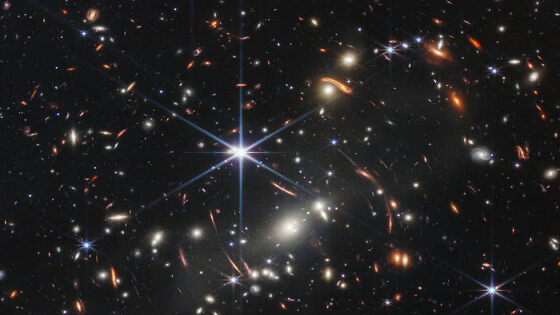
The standard model of cosmology has this last decade been increasingly challenged by observational tensions that might result eventually in the preference of some alternative model. But there is a large zoo of models to consider.
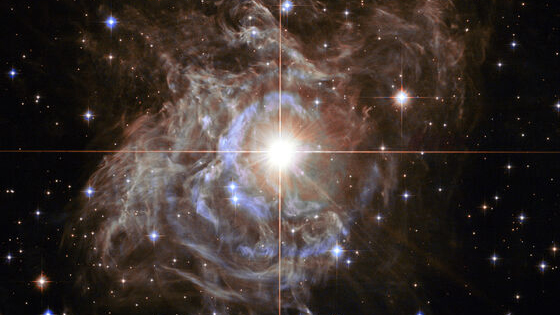
Recently maturing software for stellar modeling and evolution, such as MESA, have been applied to constraining variations of the gravitational constant and exploring such a variation’s ability to account for the Hubble tension between the late- and early- time universe by biasing the local distance ladder.

POLARIS will investigate how the circum-Arctic region has changed over deep geological time. The main aim is to build a digital Earth model back to the Devonian (420 Million years) with a focus on plate tectonics and whole mantle convection (geodynamic processes).

The MAGPIE project seeks to develop new constraints on uplift patterns in and around Greenland associated with past and present ice melting. For this, we are collecting magnetotelluric (MT) data from Greenland’s interior, which we then use to constrain viscosity variations beneath Greenland.

We use quantum mechanical theory (density functional theory) and develop statistical methods such as Monte Carlo techniques, molecular dynamics, thermodynamic integration, genetic algorithms in conjunction with machine learning to understand more about deep earth processes and core-mantle
interactions.

Exploring the fundamental constituents of the Universe physicists are faced with very serious calculational bottlenecks. To compare new physics models to data we need to perform very computationally expensive calculations in quantum field theory (QFT).
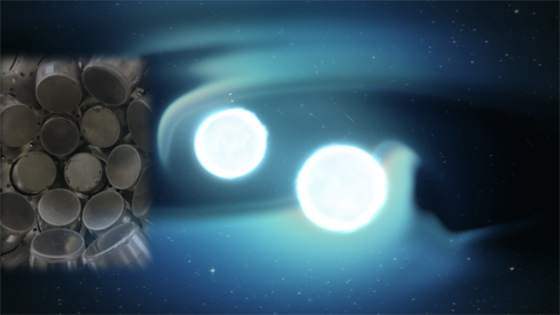
We live in a Universe composed of a large variety of chemical elements. The element distribution we observe, and in particular the diverse abundances of atomic nuclei, tells a fascinating story of nucleosynthesis events that have taken place throughout the 13.7-billion-year-long history starting with the Big Bang.

The Centre for Earth Evolution and Dynamics (CEED) is a Centre of Excellence dedicated to research of fundamental importance to the understanding of our planet.
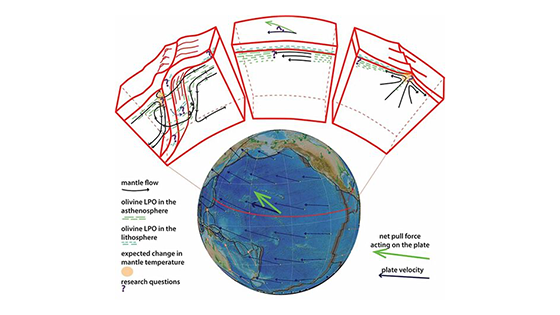
The main objective of this project is to provide a geoscientific solution for increasing the renewable (geothermal) energy production in northwest Romania. This will lead to a decrease in actual CO2 emissions generated by electrical and thermal energy production using fossil fuel.

Implement anisotropic viscosity (AV) calculations into a geodynamic code ASPECT, to understand its role in a variety of geodynamic processes.
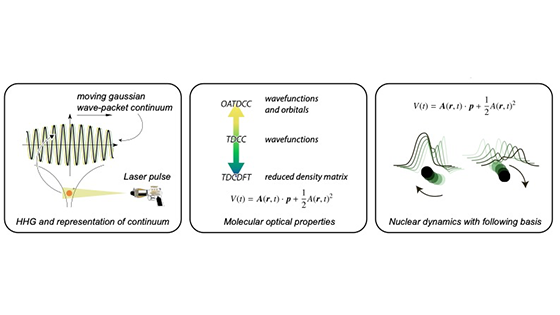
Recent advances in ultrashort laser technology allow us to probe and potentially control molecules and chemical reactions at the level of electrons.

Modern science usually provides both copious amounts of data and complicated models for the part of reality it is trying to describe. Often there is even so much data, and the models so complicated, that it becomes difficult to make full use of the data in deciding which models best describe the world around us, and finding their properties. The main goal of the GAMBIT project is to develop a software tool to help physicists do just that.
